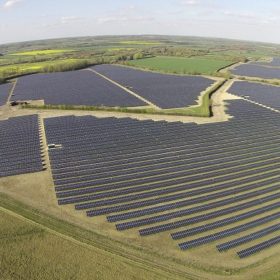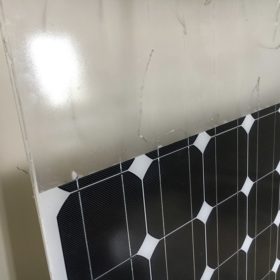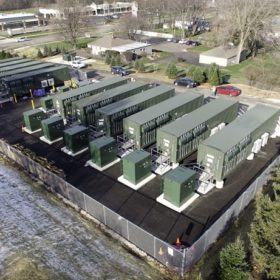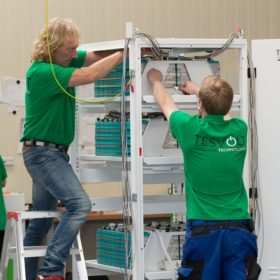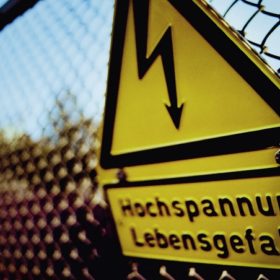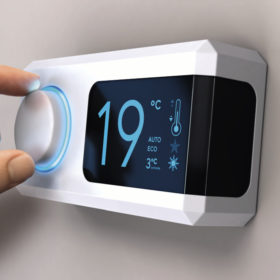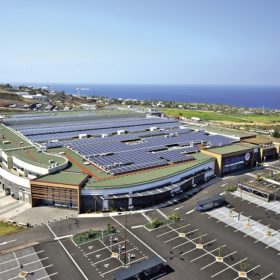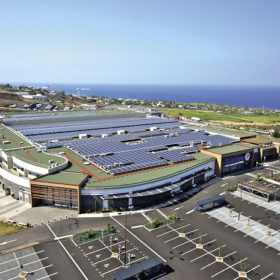Hot summer for high efficiency in Europe
European module market: Hot-selling solar components in Europe in 2017 come in the form of high-efficiency products. Competition between providers of 300 W+ is particularly fierce, finds Corrine Lin of pv magazine’s Insight and Investigations team.
Selecting manufacturers in a crowded field
Quality testing: Since 2014 PV Evolution Labs, a subsidiary of DNV GL, has been publishing its PV Module Reliability Scorecard. In 2017, some of the key findings are that the Bill of Materials matters more than ever, and that the location of the production facility can be crucial. Jenya Meydbray, PV Evolution Labs founder, provides his take on making quality count.
“The circular economy is possible”
Recycling: As PV module deployment continues to grow, so does the issue of end of life. Germany’s Loser Chemie has long worked on the recycling of thin film PV modules and has recently made major strides in applying chemical separation technology to the crystalline silicon (c-Si) space. The question is not how, but when large-scale recycling of PV modules will be reality, says Loser Chemie’s Wolfram Palitzsch.
Getting paid, grid services
Valuing storage services: A lack of adequate valuation for the services that energy storage provides has been identified as a key barrier to the wider deployment of batteries. But the path ahead is not always easy or direct.
More than just self-consumption
C&I storage: The commercial and industrial segment of the storage industry represents something of a middle ground between the known benefits of residential and large-scale storage. pv magazine looks at how this sector is shaping up, and which companies are most active in the space.
Rising tension
High voltage storage: A growing number of battery and inverter manufacturers are introducing high voltage batteries into the market, but the developmental and adoption road maps are not as linear as they may first appear.
Solar’s full circle
PV prosumers: Technological and political change is always afoot in the solar industry, but in recent months a wider appetite to alter and expand the entire business model under which photovoltaics operates has emerged. Jon Slowe, Director at distributed energy consultancy firm Delta-ee, explains how the role of the PV prosumer is increasingly understood and embraced.
France’s island autonomy
French overseas tenders: On August 18, 2015, the Transition for Green Growth Law set the objective of achieving full energy autonomy in France’s island territories by 2030. But is the framework set up under the leadership of Minister of Ecology, Sustainable Development and Energy Ségolène Royal consistent with this objective? And will obstacles observed on the ground be overcome?
Home Power Solutions: total autonomy
Residential storage: A young company is launching a power plant that can make single and two-family homes truly self-sufficient with hydrogen storage. The kicker: It supplies electricity, heat, and controlled domestic ventilation all at one time; uses synergies; and is an integrated all-in-one device.
Self-consumption in America
Decentralized energy: As the U.S. residential solar market slowly but surely moves away from net metering, self-consumption is beginning to emerge as an alternative business model. But many of the initial moves in this direction have not been promising.
